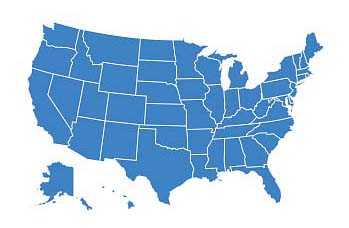BLOODBORNE INFECTIOUS DISEASES: HIV/AIDS, HEPATITIS B, HEPATITIS C

Overview of State Needle Safety Legislation
State legislative efforts to improve health care worker safety related to needlesticks began in 1998 in California. As of June 2002, twenty-one other states have enacted some type of legislation related to health care worker bloodborne pathogen exposures. These state laws typically require that state agencies, such as the department of health or labor, develop a set of administrative regulations to implement the laws.
These state laws are aimed at adding additional safeguards for health care workers at the state level. This includes adding provisions not in the federal OSHA Bloodborne Pathogen standard and/or coverage of public employees not regulated by OSHA.
Each of these state laws varies in terms of its coverage and scope. Common provisions include requirements for:
- listing of safety devices as engineering controls
- development of a list of available safety devices by the state for use by employers
- development of a written exposure plan by employers and periodic review and updates
- development of protocols for safety device identification and selection by employers and involvement by frontline workers in the process
- development of a sharps injury log and reporting log information
- development of methods to increase use of vaccines and personal protective equipment
- waivers or exemptions from safety device use under certain circumstances (including patient and/or worker safety issues, use of alternative effective strategies, market unavailability, etc.)
- placement of sharps containers in accessible positions
- training for workers regarding safety device use
Many of the state laws contain more unique requirements such as surveillance programs, cost-benefit analyses, strict requirements for safety device use and the use of statewide advisory boards. These unique features are noted in the state-by-state section. Each state law differs as to the time frame for development of its related regulations and the date the laws and regulations become effective.
Select a state for specific details:
Alaska - Arkansas - California - Connecticut - Georgia - Iowa - Maine - Maryland - Massachusetts - Minnesota - Missouri - New Hampshire - New Jersey - New York - Ohio - Oklahoma - Pennsylvania - Rhode Island - Tennessee - Texas - West Virginia
Table: Comparison of State-By-State Needle Safety Legislation
- Page last reviewed: September 8, 2016
- Page last updated: September 8, 2016
- Content source:
- National Institute for Occupational Safety and Health Respiratory Health Division


 ShareCompartir
ShareCompartir